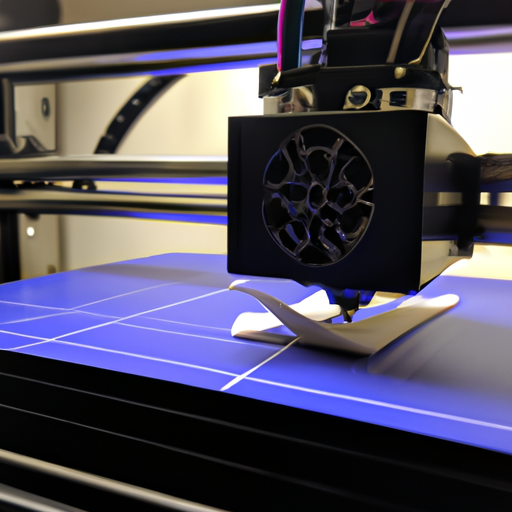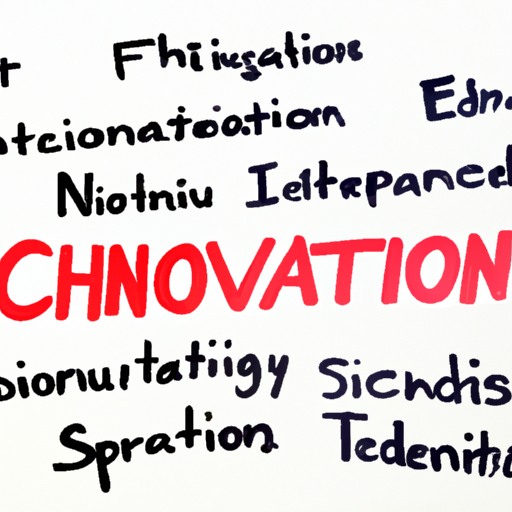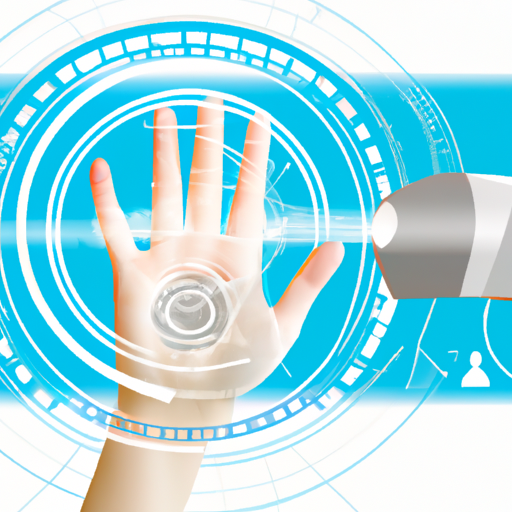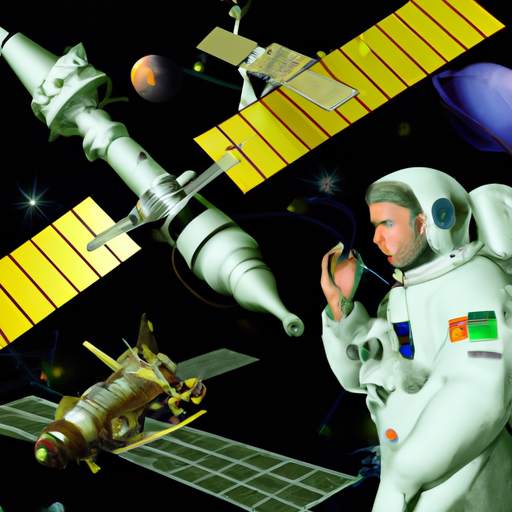As we move into a new era of technology, 3D printing continues to lead the charge in innovation. From rapid prototyping to personalized manufacturing, the recent advancements in 3D printing technology are transforming various industries.
In the past year, numerous breakthroughs have emerged, significantly enhancing the capabilities of additive manufacturing. Researchers and companies alike have developed new materials that pave the way for stronger, lighter, and more sustainable products.
Materials Innovation
One of the most notable advancements is the introduction of biocompatible materials. These materials not only accommodate medical applications, such as prosthetics and implants, but they also open new avenues for personalized healthcare solutions. 3D printing allows for the creation of patient-specific anatomical models which can improve surgical outcomes.
Speed and Efficiency
Another key area of advancement is the speed of 3D printing technologies. New printing techniques, such as Continuous Liquid Interface Production (CLIP), have drastically reduced print times, making it feasible for larger-scale production runs.
Sustainability Efforts
Environmental sustainability is a growing concern in every industry, and 3D printing is no exception. Many companies are now exploring ways to reduce waste through efficient designs and using recycled materials in their printing processes. This not only lowers production costs but also lessens the environmental impact.
Applications in Aerospace and Automotive
The aerospace and automotive industries are leveraging 3D printing to produce lightweight components that enhance fuel efficiency. Manufacturers are able to create complex shapes that were previously impossible to make using traditional manufacturing methods.
Conclusion
The future of 3D printing looks promising, with advancements continuously pushing the boundaries of what is possible. As the technology matures, we can expect to see it play an even more significant role in manufacturing, healthcare, and beyond. Stay tuned for more updates on 3D printing innovations that are set to change the world.
For more information on the latest in 3D printing technology, stay connected with us for ongoing updates.












